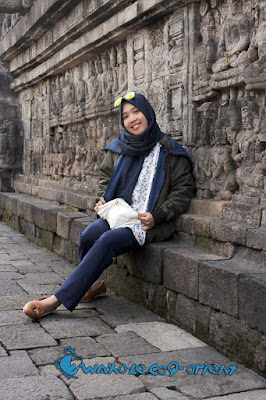Talk about travelling is not only about wandering the streets and pampering the eyes with all the things you want. But you also might experience, discover, and learn a new thing. Sometimes I travel to a place, and also I learn history. And I found both become quite fun. It goes like my travel at Jakarta's Old Town (Kota Tua), Jakarta, on Sunday, May 13th, 2018.
Jakarta is the busiest city in Indonesia, but it's not really dull as people thought. When I came to this city, I think that it would be a great chance to visit Kota Tua, one of a site in Jakarta, to do both between travelling and having a short course of Indonesian History. Kota Tua contains Dutch-Style old structure which generally dated back to 17th century. Jakarta was once confined to only a small area, known as Batavia when this area served as the Asian headquarter of VOC. But now it is called Kota Tua (Old Town), and this place reminds us of centuries of Indonesian history dominated by Europeans.
During the heyday of the spice trade in the 16th century, the Dutch established a settlement in this area. This site was the centre of commerce in the region because of its strategic location. It was also exceptional access to an abundance of fragrant spices and many other natural resources. Then it quickly became an essential hub across the Indonesian archipelago. The history of this small colonial origin has almost been lost in the wave of development. A lot of buildings have now been changed into museums, galleries, and cafes. And you might find that Kota Tua has also been transformed into one of the best photo spots in Jakarta. Many local people came here to take pictures and share it on their social media. The place now crowded by the visitors.
Even some buildings have not been protected as well as they should have been, but walking through this place gives me the feeling of the European settlement with Indonesian taste. Kota Tua has a lot of things to offer.
The Town Hall now houses of the Fatahillah Museum, otherwise known as the Jakarta History Museum, contains the History of this museum itself, where you can observe many artefacts that found when this place still called Sunda Kelapa, and also some original furniture used in the 18th century. While surrounding buildings have been changed into the Wayang Museum, the Museum of Arts and Ceramics, Kota Post Office and Art Gallery, the Bank Indonesia Museum, the Bank Mandiri Museum and others. You won't miss the Wayang Museum, sometimes people called the Puppet Museum, the place display Indonesian traditional shadow puppets, and more puppet collection from other countries like Thailand and China.
After walking through all the museums, one of the most iconic places to visit is Batavia Café. Offering interior design with colonial ambience and original-style Dutch East India cuisine, this restaurant is open daily. Batavia Café will undoubtedly carry you back to the splendour of colonial days. With live music and some international menus, the place might be your new favourite place to rest. Besides Batavia Café, there are many alternative cafes can be found for your choice. Kedai Seni Djakarte is also a good choice. Kedai Seni Djakarte is one of my unforgettable places at Kota Tua, this place is serving up some favourite local menus.
 |
| Photo by. Ahmad Yani Hasti, Stylist: Kun Agung Soemarmoe, Model: Fifie Nugraheni --- Sunday (May 13th, 2018) at Kedai Seni Djakarte, Kota Tua, Jakarta, Indonesia. |
 |
| Photo by. Ahmad Yani Hasti, Stylist: Kun Agung Soemarmoe, Model: Fifie Nugraheni --- Sunday (May 13th, 2018) at Jakarta's Old Town (Kota Tua, Jakarta), Indonesia. |
 |
| Photo by. Ahmad Yani Hasti, Stylist: Kun Agung Soemarmoe, Model: Fifie Nugraheni --- Sunday (May 13th, 2018) at Jakarta's Old Town (Kota Tua, Jakarta), Indonesia. |
 |
| Photo by. Ahmad Yani Hasti, Stylist: Kun Agung Soemarmoe, Model: Fifie Nugraheni --- Sunday (May 13th, 2018) at Bank Indonesia Museum, Kota Tua, Jakarta, Indonesia. |




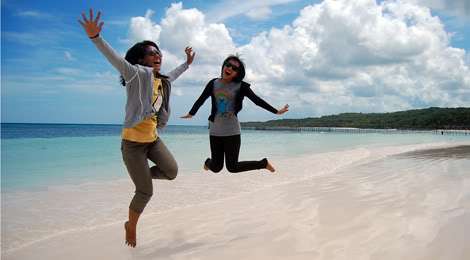
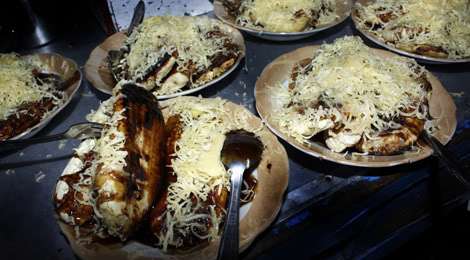
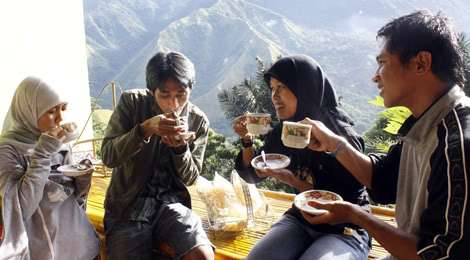
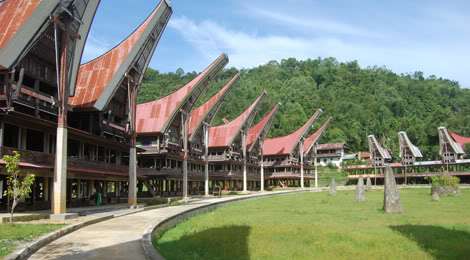
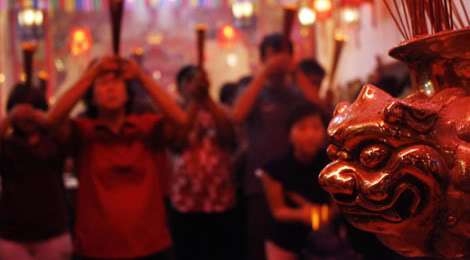
 Sunday, May 13, 2018
Sunday, May 13, 2018




 Posted in:
Posted in: 









